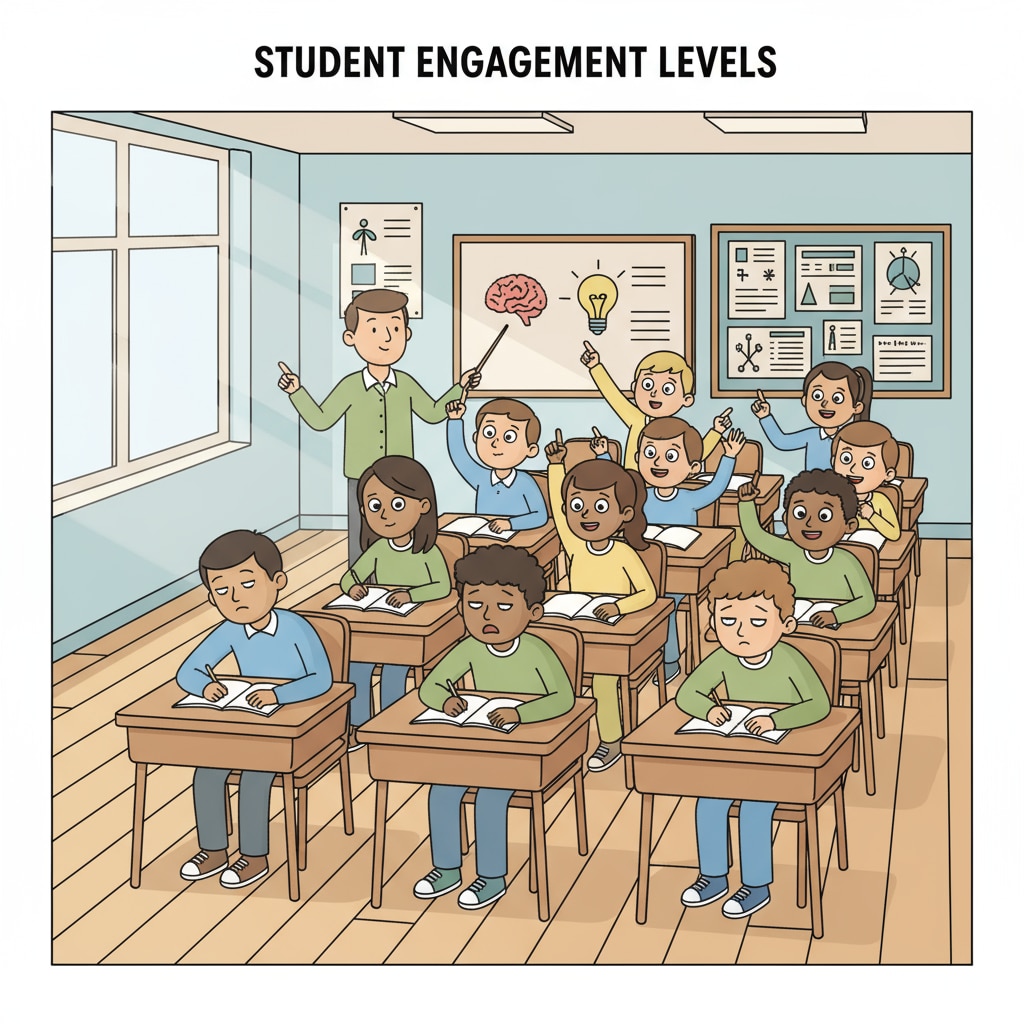The education system, class placement, learning environment, and student engagement are crucial aspects that significantly impact students’ educational journey. However, a disconcerting reality exists where a large group of students, those with middle grades but a strong will to learn, are being overlooked. This oversight has far – reaching consequences for the students themselves, the educators, and the overall educational ecosystem.

The Neglected Middle Ground
In most educational institutions, the spotlight is often on two extremes. On one hand, there are students who struggle academically, and on the other, the high – achieving prodigies. The students in the middle, who make up a significant portion of the student body, are left in the shadows. For example, in a typical classroom setting, teachers may spend a large amount of time tutoring struggling students to help them catch up, while also providing advanced materials and opportunities for the top performers. As a result, the middle – of – the – pack students, who are eager to learn more but not getting the specialized attention, find themselves in a state of educational limbo.
Class Placement: A Missed Opportunity
Class placement plays a vital role in a student’s learning experience. Unfortunately, current class placement systems often fail to cater to the needs of middle – performing students. Usually, classes are grouped based on broad academic performance levels, which can be too simplistic. For instance, a student with an average grade may be placed in a class where the curriculum pace is either too slow for their potential or too fast for them to fully absorb. According to Education.com, an appropriate class placement can enhance student engagement and academic growth. However, the current system may be inadvertently stifling the learning enthusiasm of these middle – grade students.

The Learning Environment Factor
The learning environment also contributes to the neglect of these students. In many classrooms, the learning resources and teaching methods are tailored to either the struggling or the high – achieving students. The middle – grade students may not find the materials challenging enough or may lack the support they need to take their learning to the next level. As a result, their student engagement wanes. A study on the impact of learning environment on student success by the National Education Association emphasizes that a positive and inclusive learning environment is essential for all students. But in reality, the middle – performing students are often left out of this equation.
In conclusion, the oversight of students with middle grades but high learning motivation in the education system is a problem that needs urgent attention. By reevaluating class placement, improving the learning environment, and enhancing student engagement, we can ensure that these students are no longer left behind and can reach their full potential.
Readability guidance: This article uses short paragraphs to clearly present ideas. Each H2 section has a focused discussion. Passive voice is minimized, and transition words like ‘however’, ‘for example’, and ‘as a result’ are used to enhance the flow. Lists could be further incorporated in future expansions to better summarize key points.


